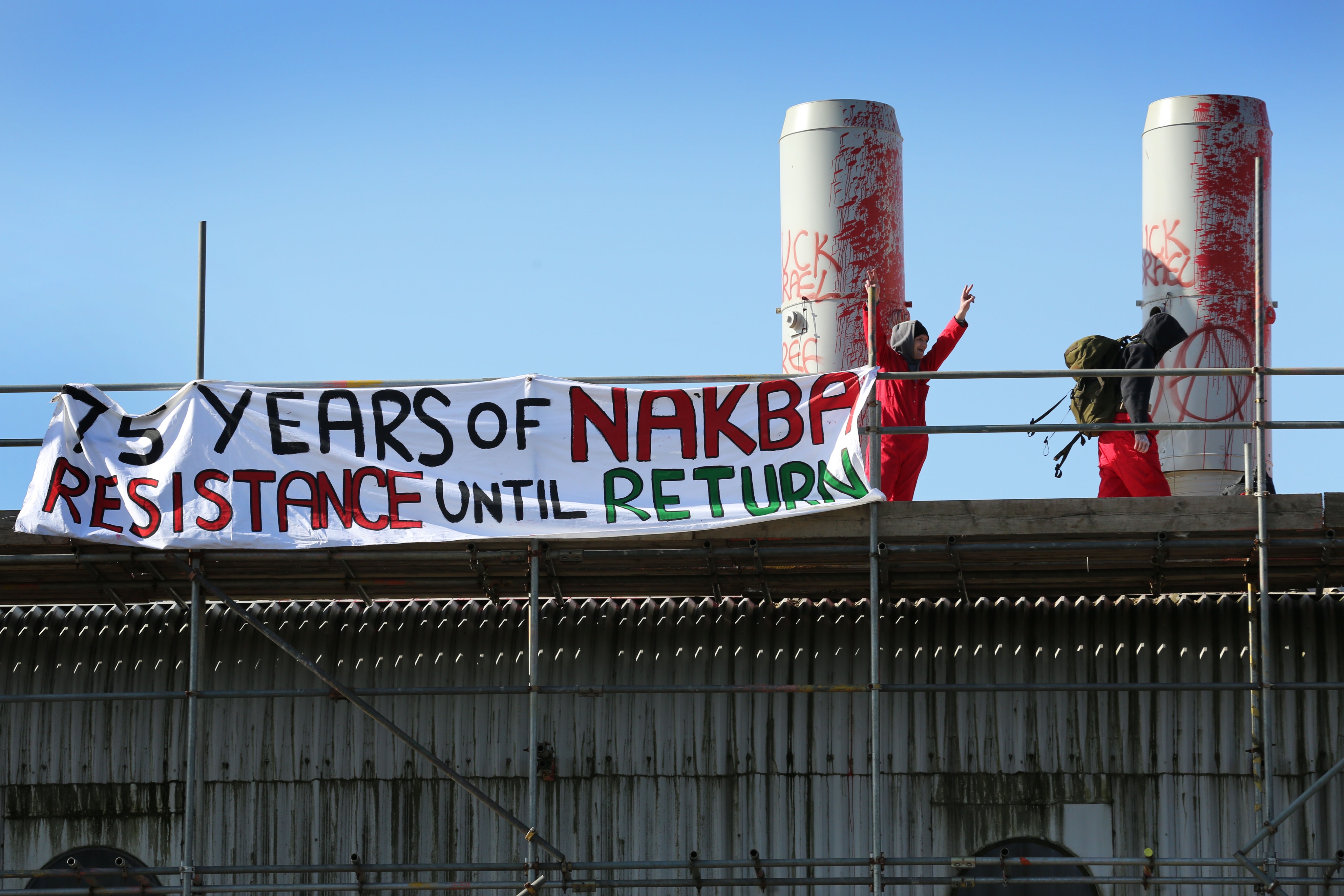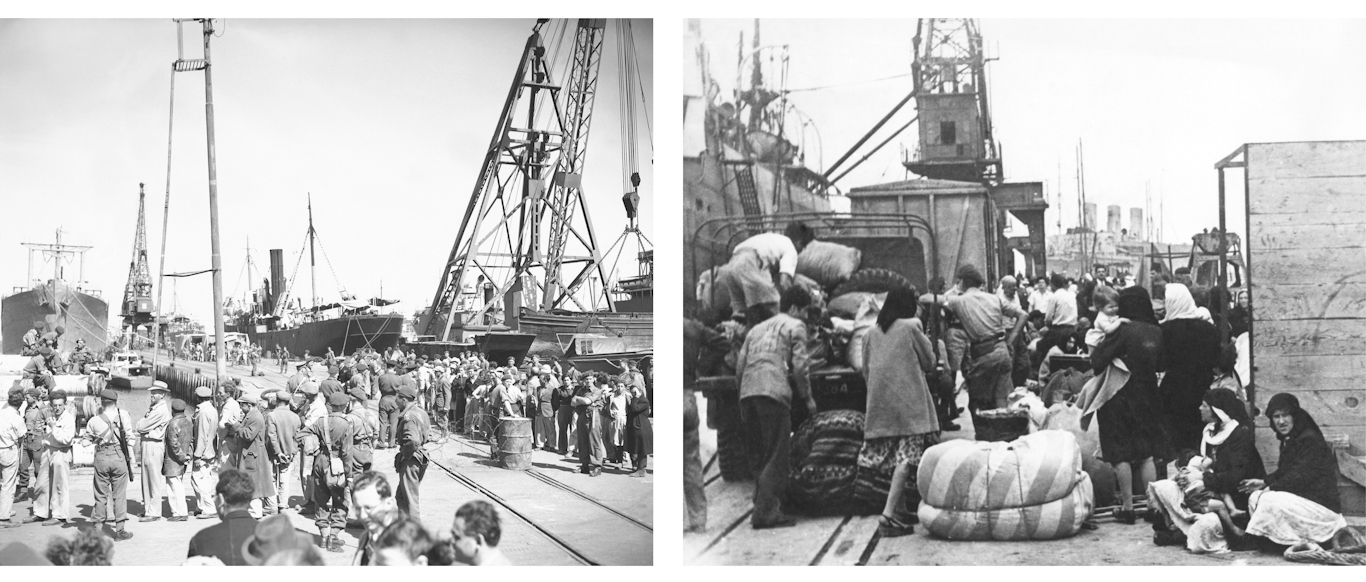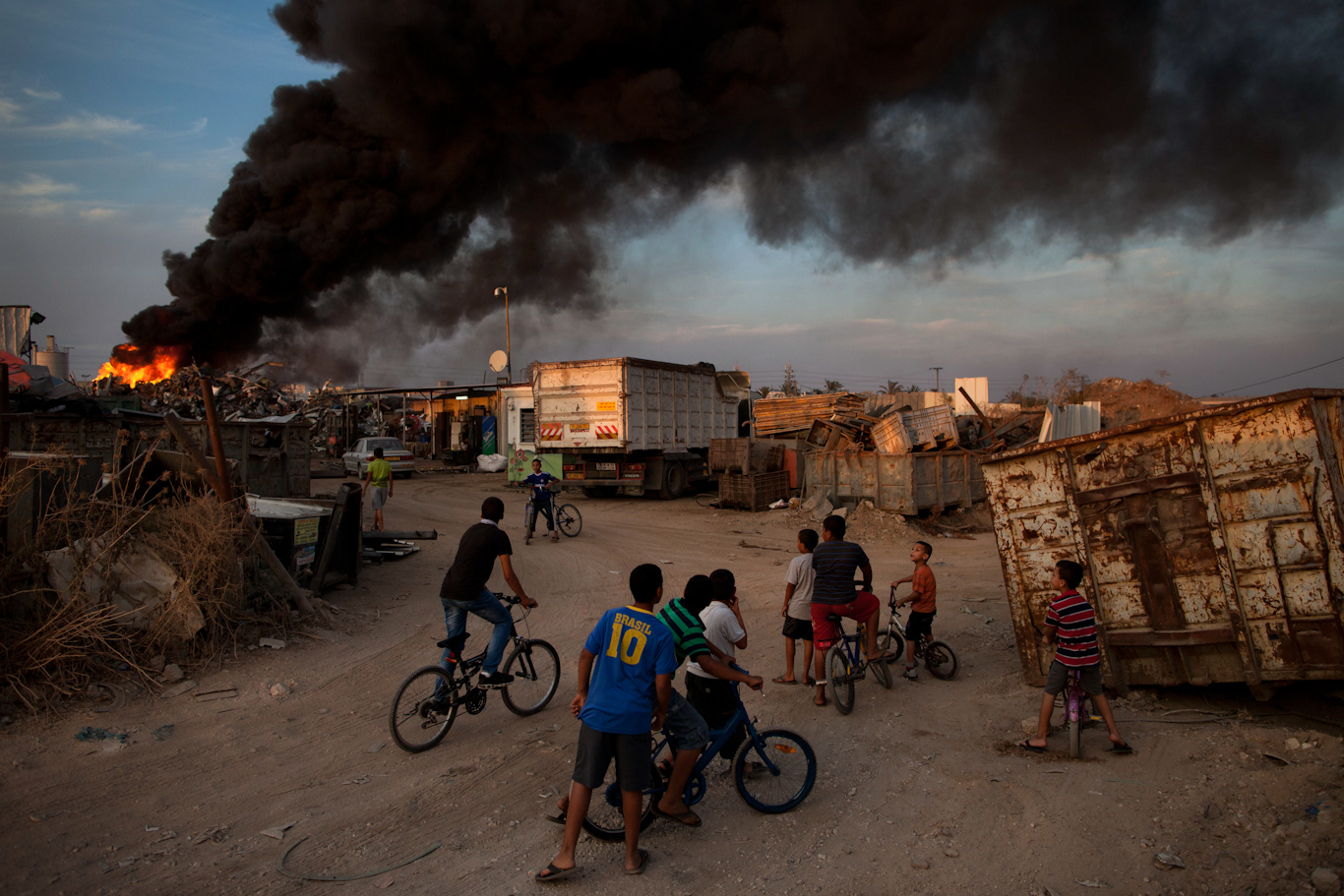Hamas representative, Ahmed Abdel Hadi highlights concerns over vague language in the ceasefire proposal, and external pressures targeting the Palestinian Resistance.
The Hamas representative in Lebanon, Ahmed Abdel Hadi, in an interview with Al Mayadeen, said that although the movement is “seriously studying” the proposals for a ceasefire agreement, it is “too early to judge the results,” noting that the papers presented contain “general phrases that could suggest something ambiguous,” and emphasizing the role of the negotiators in this part.
Abdel Hadi pointed out that the only sides discussing positive outcomes from reaching an agreement are the US and Israeli sides. He stressed that no one has succeeded in pressuring the resistance to accept any deal and emphasized that “the popular support for the resistance cannot raise the white flag.”
Regarding the threat of an Israeli military operation in Rafah, in the southern Gaza Strip, Abdel Hadi said, “Netanyahu wants to prolong the war, and he agreed to a partial cessation of it. The threat to invade Rafah is to pressure the Resistance,” he said, stressing that “many surprises will confront the Israeli Prime Minister if he decides to invade Rafah.”
On a different note, Abdel Hadi discussed the development of the protest movement in US universities, which he considered “one of the results of the Al-Aqsa flood,” and predicted that these protests will spread “to all universities in the world, and this is a very important development in terms of the Palestinian cause.”
Hamas delegation to Cairo soon
In a related context, the head of Hamas’ Political Bureau, Ismail Haniyeh called Egyptian Intelligence Minister General Abbas Kamel regarding the ceasefire negotiations.
Haniyeh praised Egypt’s role, affirming “the positive attitude of the movement towards studying the ceasefire proposal.”
The Hamas politburo head informed the Egyptian minister that the movement’s delegation for negotiations will arrive in Egypt “very soon,” with the intention “to continue the ongoing discussions,” with the goal of achieving “an agreement that meets the demands of the Palestinian people and stops the aggression.”
Read more: Palestinian sources: Proposal formed a serious basis for negotiations
Al Mayadeen obtains a copy of the mediated Palestinian-Israeli deal
Al Mayadeen had acquired the details of the latest proposed deal between the Palestinian Resistance and the Israeli occupation, specifically related to the prisoner exchange deal and related clauses.
The framework of the agreement aims to achieve the release of all Israeli civilian and military captives, be they dead or alive, held in the Gaza Strip. The agreement will not only encompass captives taken on October 7 but all Israeli captives.
Primarily, the deal’s objective is to achieve calm in the area and work on reaching a ceasefire, the document acquired by Al Mayadeen explains.
What does the first stage of the prisoner exchange deal entail?
In the first stage of the prisoner exchange deal, Israeli occupation forces will withdraw eastward, away from densely populated areas. Forces will be relocated to areas near the separation fence between the Gaza Strip and Israeli-occupied ’48 Palestinian territories.
Israeli aircraft, both combat and reconnaissance, will be barred from flying over the Strip for a period of eight hours on a daily basis. However, on days when prisoners are being exchanged, Israeli aircraft will not fly over the Gaza Strip for a period of 10 hours.
On the seventh day of the deal and after women included in the deal are released, Israeli occupation forces will withdraw from al-Rashid Street and head eastwards, parallel to the Gaza Strip’s main road, to Salah al-Din Street.
The withdrawal of occupation forces is expected to ease the entry of humanitarian aid to the Gaza Strip and will allow non-armed civilians to return to their homes.
On the 22nd day, and after one-third of the Israeli captives are released, the Israeli occupation forces will withdraw from the central Gaza Strip to an area near the separation fence.
Read more: Exclusive: Hamas says Rafah brigades have a surprise in store
Related News
- Islamic Resistance in Bahrain targets Trucknet HQ in ‘Eilat’ (video)
- New round of escalation if Gaza genocide continues: Sayyed Al-Houthi
The return of displaced people and the entry of aid
This process will allow Palestinians forcibly displaced from the northern Gaza Strip to return to their residences.
The entry of concentrated amounts of humanitarian aid, including relief aid and fuel, will be facilitated in all stages of the agreement.
33 Israeli captives to be released
In the first stage, Hamas will release at least 33 captives, which includes all Israeli captives that are still alive. This group includes female Israeli servicepeople, civilians, children, elderly people, wounded individuals, and patients.
In turn, “Israel” will release 20 Palestinian children and women for every female or male Israeli captive released. The names of the released detainees will be agreed upon by the sides, in pre-set lists.
In detail, Hamas will release every living Israeli captive over the age of 50, wounded Israeli captive, and sick Israeli captive. “Israel” will therefore release 20 Palestinian captives, aged over 50, wounded, or sick.
Hamas will also release every living Israeli female conscript, who was serving on October 7, 2023. In return, “Israel” will release 40 Palestinian detainees in return for every Israeli servicewoman.
This includes 20 Palestinian prisoners serving life sentences and 20 Palestinian prisoners serving shorter sentences.
Hamas will also release three captives on the first day of the deal, which will be followed by three captives every three days, encompassing female civilians and soldiers.
“Israel” will then release the agreed-upon number of Palestinian prisoners, according to the pre-set lists.
On the seventh day of the deal, Hamas will submit a list of the names of the remaining captives that it holds. These captives will be released on the 34th day of the deal.
Halting military operations and the continuity of the deal
Military operations will be halted for a number of days, determined by the number of Israeli captives remaining in captivity.
The continuity of the exchange process will be directly correlated with the Israeli side’s commitment to the clauses of the deal, including the halting of military operations, the relocation of occupation forces, and the return of the displaced people.
Among the clauses is that released Palestinian detainees must not be re-detained on charges that they had previously been detained on.
On the 14th day, an agreed-upon number of wounded Palestinian military personnel will be transferred to hospitals outside the Gaza Strip, through the Rafah border crossing with Egypt, to receive adequate medical attention.
On the 16th day of the deal, the sides are obligated to participate in indirect talks for sustainable calm in the region.
During the period of every stage, the United Nations, its agencies, and international organizations will begin to work on distributing and providing aid to Palestinians across the entirety of the Gaza Strip.
Rebuilding Gaza
In the first stage, work will commence on the Gaza Strip’s destroyed infrastructure. A coordinating body will also begin delivering the necessary heavy equipment to the Palestinian Civil Defense.
Facilitating the entry of necessary supplies, to establish temporary camps to accommodate forcibly displaced people who lost their homes during the war, is also among the clauses included in the deal.
What about the second stage?
The second stage of the deal will extend for 42 days, in which both sides are expected to agree on the necessary actions to reach and implement a sustainable calm.
In the second phase, the necessary arrangements will be made for the comprehensive reconstruction of housing units, civil facilities, and civilian infrastructure.
The final stage of the deal: Exchanging bodies
The third stage of the deal will also extend for a period of 42 days, in which the bodies and remains of both killed individuals on both sides will be exchanged.
A 5-year reconstruction plan for the Gaza Strip will be implemented which will include the construction of housing units and civilian facilities and infrastructure. The Palestinian side will refrain from rebuilding military installations and infrastructure during that period.
Moreover, the Palestinian side will not import any equipment, raw materials, or other components to be used for military purposes.
According to the document obtained by Al Mayadeen, Qatar, Egypt, and the United States are the stated guarantors of the agreement.
Related Videos
Related Stories
- Al Mayadeen obtains a copy of the mediated Palestinian-Israeli deal
- Gaza captive, ceasefire deal ‘crucial’ for Biden strategy: Axios
- Rafah invasion will happen with or without exchange deal: Netanyahu
- Hamas stands firm rejecting external pressure, studying proposal
- Hostile Takeover: How NATO Annexed Macedonia
- Violence: A Tool Imposed by Colonialism
- Gazing on the strangled way before the CleansOcide in Palestine
- Germany’s antisemitism schtick has outlived its usefulness
- Al Mayadeen obtains a copy of the mediated Palestinian-Israeli deal
- Gaza captive, ceasefire deal ‘crucial’ for Biden strategy: Axios
- Rafah invasion will happen with or without exchange deal: Netanyahu
- Gaza Al-Shifa doctor tortured to death by Israeli forces
- Palestinian student movement calls for engagement in global uprising
- New round of escalation if Gaza genocide continues: Sayyed Al-Houthi
- Islamic Resistance in Bahrain targets Trucknet HQ in ‘Eilat’ (video)
- Second Boeing whistleblower dies of ‘sudden illness’
- Bloomberg: Turkey suspends all trade with ‘Israel’
- How Britain protects ‘Israel’ from war crimes charges: Declassified UK
- Iran releases crew of seized MCS Aries Israeli-linked ship
- Israeli startup Apex gets initial investment from OpenAI’s Altman
- Al Mayadeen obtains a copy of the mediated Palestinian-Israeli deal
War on Gaza
Filed under: "Israel", Palestine, Palestinian people, USA | Tagged: 1948 Palestinians, Besieged Gaza Strip., Displacement of Palestinians, Gaza ceasefire, Gaza reconstruction, Hamas Resistance movement, Head of Hamas Politburo Ismail Haniyeh, Israeli Brutal Aggression, Israeli War on Palestinian Children, Operation Al-Aqsa Flood, Pal-Occupied territories in 948, Palestinian cause, Palestinian Resistance factions, Palestinian women, Prisoner swap, The Israeli captives, War on Gaza | Leave a comment »






































